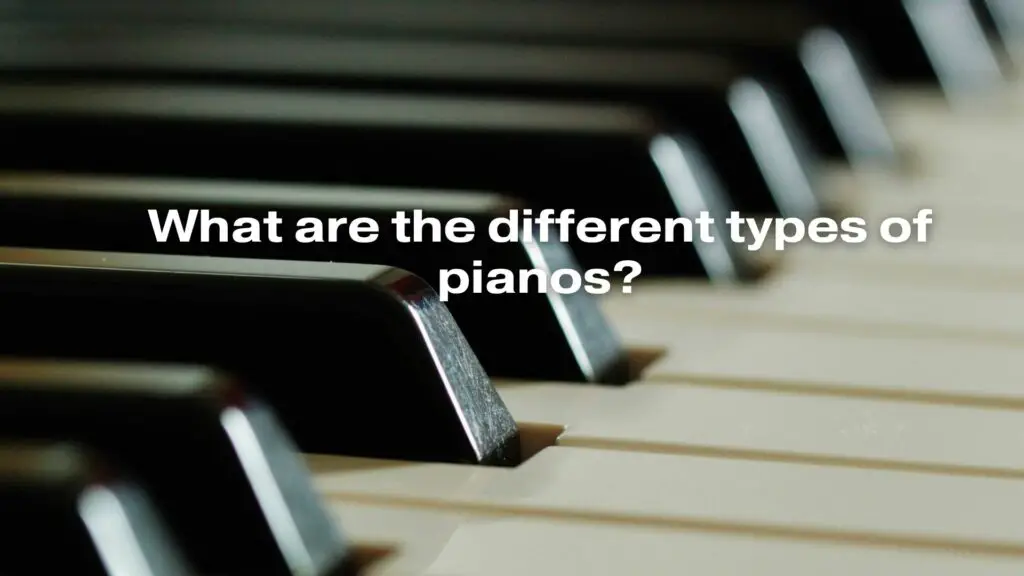The piano, with its versatile sound and rich history, is a beloved and timeless musical instrument. However, when exploring the world of pianos, one will quickly discover that there is not just one type but many variations to suit different musical preferences, performance settings, and aesthetic tastes. In this article, we will explore the different types of pianos that have graced the musical world.
1. Grand Pianos:
Grand pianos are known for their elegant and iconic design, with strings arranged horizontally. They are available in various sizes, from baby grand to concert grand, and they are celebrated for their rich sound and responsive touch. Grand pianos are further categorized into:
- Baby Grand: These are compact grand pianos with a length of around 5 to 6 feet. They offer a balanced sound and are suitable for smaller spaces.
- Medium Grand: Medium-sized grand pianos measure between 6 and 7 feet in length. They provide a well-rounded tone and are favored by many pianists.
- Concert Grand: The largest of grand pianos, concert grands can reach up to 9 feet in length. They offer exceptional power and depth of sound, making them ideal for concert performances.
2. Upright Pianos:
Upright pianos, also known as vertical pianos, have a vertical string arrangement and are designed to save space. They are categorized into:
- Spinet: Spinet pianos are the smallest uprights and are popular for home use due to their compact size. However, they often have a more modest sound compared to larger uprights.
- Console: Console pianos are taller than spinets and offer better sound quality and touch response. They are commonly used for music education and home practice.
- Studio: Studio pianos are taller and more robust, with a higher quality of sound and touch. They are a preferred choice for music studios and professional practice.
3. Digital Pianos:
Digital pianos have become increasingly popular due to their versatility, portability, and technology features. They include:
- Digital Stage Pianos: Designed for stage performances, these instruments offer portability and a wide range of sounds, making them popular among gigging musicians.
- Digital Console Pianos: These pianos mimic the appearance of traditional upright pianos while providing digital features and sound quality.
- Portable Keyboards: Portable keyboards are compact and lightweight digital instruments with a variety of sounds and often include educational features for beginners.
- Hybrid Digital Pianos: Hybrid pianos combine the acoustic feel of a traditional piano with digital sound generation, providing a unique blend of technology and authenticity.
4. Electric Pianos:
Electric pianos, such as Rhodes and Wurlitzer, have a distinctive electric sound. They are known for their unique timbre and are commonly used in rock, pop, and jazz music.
5. Harpsichords and Clavichords:
These historical keyboard instruments predate the piano and are known for their distinctive sounds. Harpsichords are characterized by plucked strings, while clavichords produce sound through hammer strikes on strings.
**6. Player Pianos:
Player pianos, often known as “pianolas,” can play music automatically using perforated paper rolls. They have been popular in homes and entertainment establishments for over a century.
In summary, the world of pianos offers a diverse array of instruments to cater to the needs and preferences of musicians, whether you’re a professional pianist, a beginner, or simply a music enthusiast. The type of piano you choose will depend on factors such as your skill level, musical style, available space, and budget. Each type of piano brings its unique qualities, contributing to the rich and varied tapestry of music.


